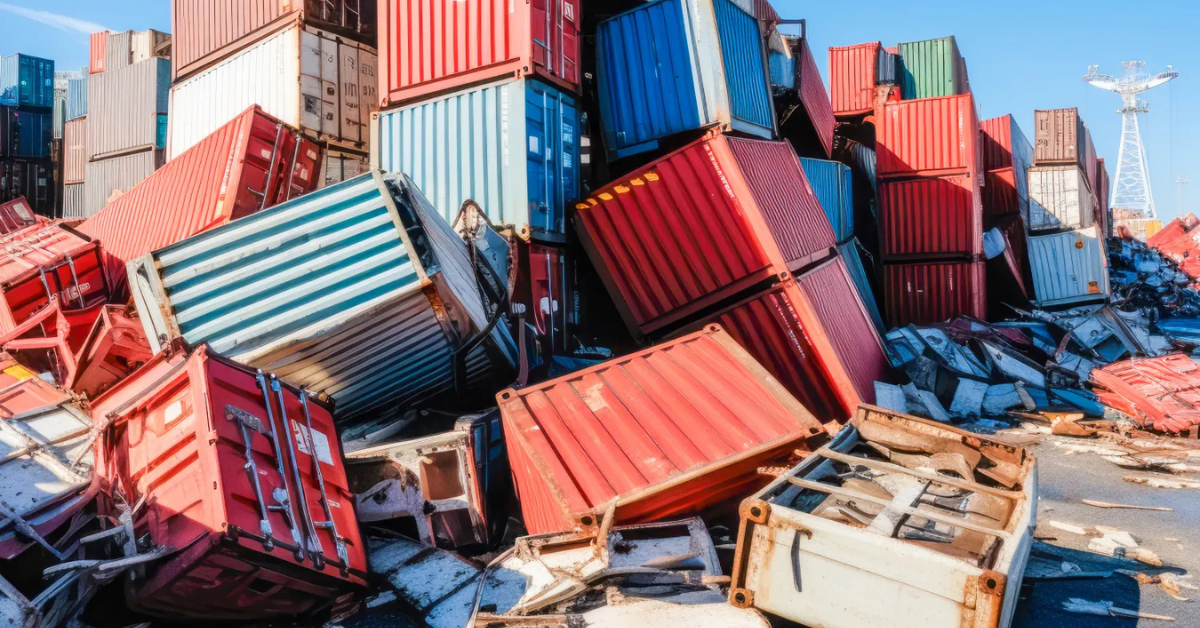Cranes are essential machinery in construction, manufacturing, and shipping industries, enabling the lifting and moving of heavy materials with ease and precision. However, the operation of cranes also poses significant safety risks, often leading to accidents that can cause injuries, fatalities, and substantial property damage. Understanding the most common types of crane accidents can help organizations implement effective safety measures and reduce the likelihood of such incidents. This article explores the various types of crane accidents, their causes, and preventive strategies.
1. Overturns
Overturns are among the most frequent types of crane accidents. This occurs when a crane tips over due to an unstable load, improper setup, or ground conditions. Contributing factors may include:
- Improper Load Distribution: If a load is not evenly distributed, it can shift during lifting, causing the crane to become unbalanced.
- Inadequate Ground Support: Cranes require a solid, level foundation. Soft or unstable ground can lead to tipping.
- High Wind Conditions: Strong winds can affect the stability of a crane, especially when it is lifting a load.
Prevention Strategies:
- Conduct thorough site assessments to ensure proper ground conditions.
- Use appropriate counterweights and follow load charts to maintain balance.
- Monitor weather conditions and refrain from operating cranes in high winds.
2. Falls
Falls can occur during the assembly or disassembly of cranes or when workers are positioned at heights. These accidents can lead to serious injuries or fatalities. Common causes include:
- Lack of Safety Harnesses: Workers may fail to use personal protective equipment (PPE) such as harnesses and lanyards.
- Improper Use of Ladders and Platforms: Workers may use inadequate or faulty equipment to access elevated areas.
Prevention Strategies:
- Implement strict safety protocols that require the use of PPE.
- Regularly inspect ladders, scaffolding, and other access equipment.
- Provide training on fall protection measures to all employees.
3. Collisions
Collisions can occur between cranes and other vehicles, structures, or overhead power lines. This type of accident often results from poor visibility, lack of communication, or improper planning. Factors include:
- Poor Communication: Inadequate signaling between crane operators and ground personnel can lead to misunderstandings and accidents.
- Neglecting Surrounding Hazards: Failing to identify and plan for nearby obstacles, such as power lines or other equipment, can result in collisions.
Prevention Strategies:
- Utilize spotters or ground guides to assist crane operators in navigating complex job sites.
- Conduct thorough site evaluations to identify and mark hazards.
- Ensure clear communication protocols are in place before crane operations begin.
4. Dropped Loads
Dropped loads are another common type of crane accident, which can occur when a load slips or falls from the crane. Causes include:
- Improper Rigging: If the load is not rigged correctly, it may shift or fall during lifting.
- Equipment Failure: Worn or damaged lifting equipment, such as slings and hooks, can lead to dropped loads.
Prevention Strategies:
- Train personnel on proper rigging techniques and use of lifting equipment.
- Conduct regular inspections of all lifting gear to ensure they are in good condition.
- Use tags or color codes to identify and track equipment for maintenance needs.
5. Electrical Accidents
Crane operations near power lines can lead to electrical accidents, which are often fatal. These accidents typically happen when:
- Cranes Contact Power Lines: The boom of a crane may inadvertently come into contact with live electrical wires.
- Static Electricity Build-Up: Certain materials can cause a static charge that poses a risk of electric shock.
Prevention Strategies:
- Maintain a safe distance from power lines, following regulations that specify minimum clearances.
- Conduct regular training on electrical hazards and safe work practices.
- Use insulated equipment when working near electrical hazards.


Leave a Reply